Combat ships. Cruisers. Red "Svetlana" who were unlucky
Yes, fans of cruisers will forgive me for a slightly minor tone, but it just so happened. It is impossible not to write about Soviet cruisers, but there is nothing special to write about, how about warships. And it is not the fault of the ships that there were no sensible commanders and naval commanders for them. That is why the fate of "Svetlana" turned out - God forbid anyone else.
These ships were conceived as the next generation of squadron cruisers, taking into account the experience of the Russian-Japanese war. These were supposed to be universal ships: for reconnaissance, patrol service as part of a squadron, countering enemy destroyers, independent raiding operations, and disrupting enemy sea communications.
The ships were planned to be built as part of the 1912-1916 program, they were very necessary in order to compensate for the losses of the Russian fleet in the Russian-Japanese war (only 9 cruisers remained in a combat state), however, the outbreak of the First World War and the subsequent February and October revolutions and the Civil War, sentenced all the terms of the project.
In 1913, Svetlana and Admiral Greig were laid down in Revel, and Admiral Butakov and Admiral Spiridov in St. Petersburg.
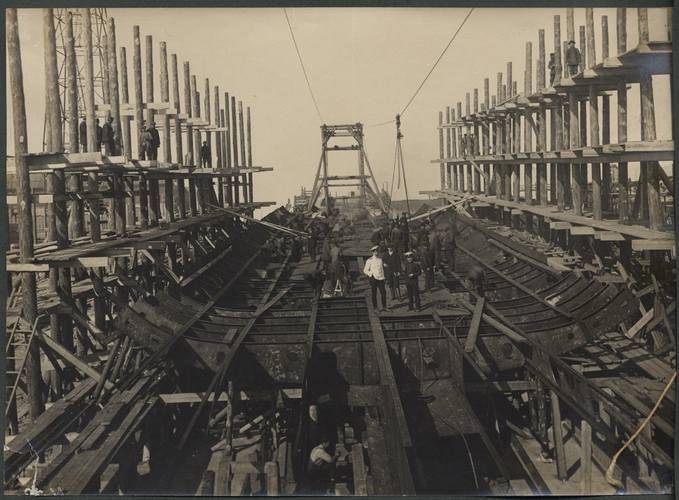
"Admiral Nakhimov", "Admiral Lazarev", "Admiral Istomin", "Admiral Kornilov" were laid down in Nikolaev. The first four ships were intended for the Baltic, the second series, logically, for the Black Sea.
As a result, only three cruisers were built and two were converted into tankers. But the completion of the ships took a very long time. After the February events of 1917, all work on the ships was suspended by the Provisional Government. An exception was made only for "Svetlana", but in March 1918 all work was stopped. The readiness of the Svetlana was 80%, for the rest of the ships - from 30 to 50%.
The cruisers stayed at the outfitting berths until the end of 1924, when the USSR Labor and Defense Council allocated funds for the repair and modernization of a number of ships. Hands reached the cruisers. But very little money was allocated, so there was no talk of a full-fledged completion of the cruisers, especially since by the time work began, they were already completely outdated.
As a result, "Svetlana" was renamed into "Profintern" (from my point of view, the name quite claims to be one of the poorest in the world) and completed by the middle of 1927.
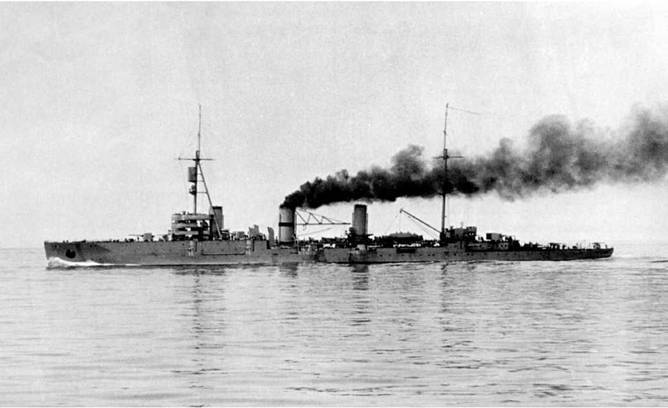
The second ship of the project, Admiral Butakov / Voroshilov, was unlucky. The decision to complete the construction was made twice and was canceled twice. As a result, the ship was dismantled for metal.
The last two cruisers were not half lucky: the cruisers were rebuilt into tankers. Admiral Greig was completed as Azneft, and Admiral Spiridov became Grozneft. The tankers turned out quite well, because the armored hulls made it possible to safely sail in ice conditions.
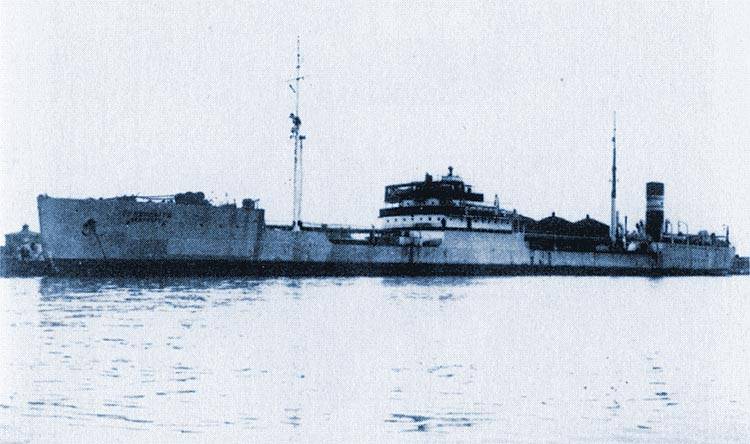
Tanker "Grozneft"
So out of the four laid down cruisers, in fact, only one turned out. Subsequently, the ship received a more euphonious name "Red Crimea", under which we will continue to consider it.
In general, it turned out to be a very controversial ship. Yes, it took more than 10 years to build it, so it was definitely outdated and was nothing special. But the country, which had forgotten how to build ships, did not have much choice, so they tried to get the most out of Svetlana.
Reservation
Armor protection of the cruiser consisted of two belts. The first belt of armor protection was located between the sides and the upper and lower decks, and the second - between the sides and the lower deck. The armor of the first belt was 25 mm thick. The belt was 2,25 m wide and ran along the entire hull between the decks.
The main armor belt was 75 mm thick, 2,1 m high and also went along the entire length of the hull. The traverses were 50 mm thick. The lower and upper decks were 20 mm thick and the aft was 25 mm thick.
The chimney casings were 20 mm thick, the elevators were armored with casings 25 mm thick.
The conning tower had a wall thickness of 125 mm, a roof of 75 mm and a floor of 50 mm. The communication pipe, through which cables and wires from artillery and ship control devices were laid, had a thickness of 75 mm.
The main guns on the deck had box-shaped shields 25 mm thick, and the casemate main guns had shields 20 mm thick.
Power plant
All ships had a power plant of 13 boilers, which supplied 4 turbines with steam. Svetlana had Yarrow boilers and Curtiss-AEG turbines. The power of the power plant reached 107 hp.
The boilers were housed in seven boiler rooms, in the first one there was one boiler in the others - two each. In two aft compartments there were universal boilers, in the rest they were pure oil. Coal pits were located along the sides in the area of the feed boiler rooms. The oil was stored in the double bottom space and in the side compartments of the engine rooms. The normal fuel supply was 500 tons (370 tons of oil and 130 tons of coal), full 1167 tons.
During tests, the cruiser showed a speed of 29,5 knots. On normal fuel, the cruiser could travel 470 miles at 29,5 knots, or 575 miles at 24 knots, or 1230 miles at 16 knots.
To some, these numbers may seem too small. Yes, British cruisers of the time could easily go up to 10 miles at 000 knots. But let me remind you that Svetlana was built for the Baltic and Black Seas, where such distances simply did not exist in principle.
Crew and habitability
The living quarters of the lower ranks (sailors and non-commissioned officers) were located in the lower deck. There, in the quarters, hanging bunks with mattresses stuffed with crushed cork were attached to the ceiling at night. In the daytime, these mattresses were rolled up along with bed linen and taken out on the deck, where they were placed in special bed nets. In case of emergencies, the bunks could serve as life-saving appliances.
The crew ate in the same cabin, where food was delivered from the galley. They ate on hanging tables covered with linoleum.
The officers were housed in cabins, which were located aft of the lower deck. The officers ate in the wardroom, which was located in the stern itself. An officer's buffet and household premises were also equipped there.
The cruiser had refrigerators for storing food, three galleys (for officers, non-commissioned officers and sailors) in the middle superstructure, a bakery, laundries with steam dryers and washing machines, a sauna with a steam room on the lower deck and a separate sauna for stokers.
On the lower deck, a medical compartment was equipped with a reception area, an operating unit, a pharmacy and two infirmaries.
The rooms were well ventilated through windows, there was steam heating.
In general, the living conditions on the ships were at the level of world standards. The crew initially consisted of 630 people, but during the Great Patriotic War it increased significantly, to almost 800. The seal affected the living conditions, but initially they were very comfortable ships.
weaponry
The main caliber of the "Svetlana" consisted of fifteen 130-mm B-7 guns of the 1913 model.
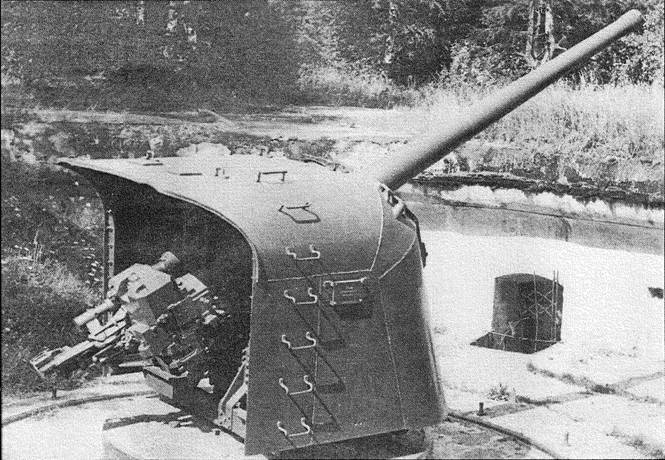
Six guns were casemate, nine were deck-mounted.
The guns on the deck were located as follows: one gun in front of the conning tower, the rest four on the side from the tank to the stern superstructure. Casemate guns were located in two groups: four in the bow in the tank superstructure, two in the aft superstructure. That is, the cruiser could fire a salvo of eight guns on the side. In principle, not bad, unless you look at the spread of shells with such a volley.
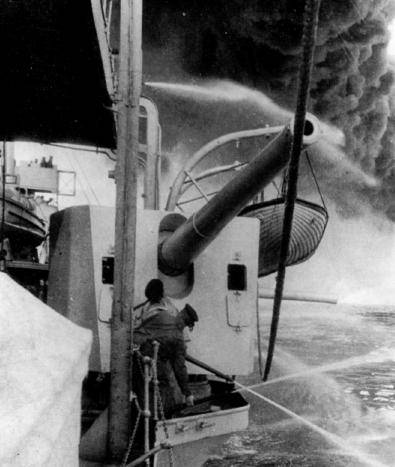
The rate of fire of the manually loaded B-7 guns was about 6 rounds per minute. The guns were also guided manually.
Auxiliary and anti-aircraft weapons
As anti-aircraft (anti-aircraft according to the project) armament, anti-aircraft guns of the Lender system with a caliber of 63,3 mm were to be used. Two guns were to be mounted on the forecastle and two on the stern superstructure.
Melee anti-aircraft armament consisted of four Maxim machine guns mounted on the wings of the bridge.
Mine torpedo armament
Initially, it was planned to equip the ships with 457-mm underwater torpedo tubes. The devices were installed 2,8 meters below the waterline and were rigidly attached to the hull. The aiming of torpedoes at the target was carried out by the entire hull of the ship using special sights placed in the conning tower.
The ammunition load was three torpedoes per vehicle. The shooting was carried out using compressed air.
During the completion of the construction, the Svetlana received three three-tube deck torpedo tubes with a caliber of 450-mm model 1913.
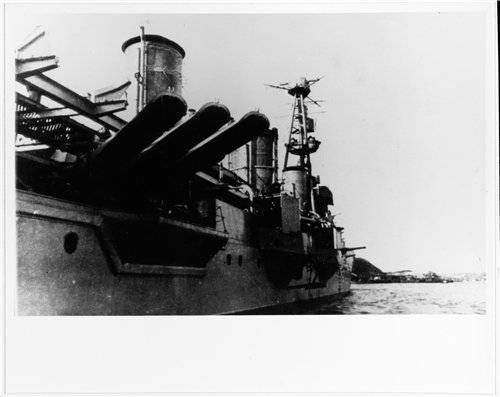
In addition to torpedoes, the cruiser could take on board up to 100 sea barrage mines, which could be installed both from the mine raft and from the ship's side along the rail guides.
Upgrades and combat service
Since the ships were commissioned at different times and in different configurations, the modernization work deserves a separate consideration.
"Svetlana" / "Profintern" / "Red Crimea"
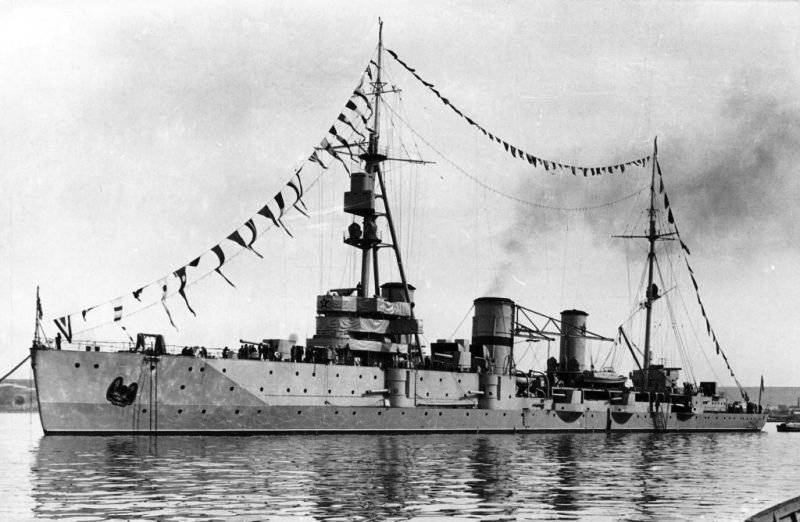
At the time of commissioning, the cruiser lost machine guns and Lender's cannons and instead received eight anti-aircraft guns of the 75-mm Möller system.
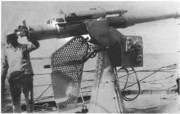
It was a rework of Kane's guns for shooting at aerial targets.
The cruiser received its air group from two MU-1 seaplanes, which were located on the site between the second and third chimneys. Seaplanes took off from the water, where they were lowered with a special crane.
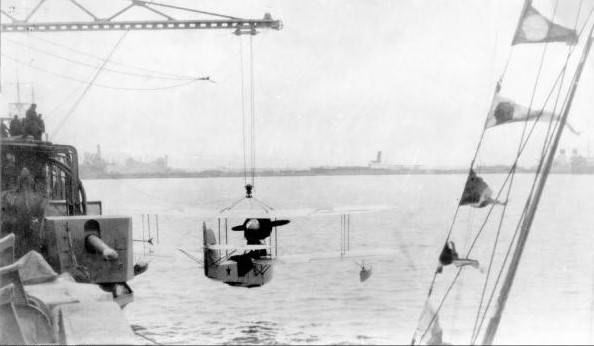
In 1938, the 75 mm guns were removed and the 21 mm K-45 semi-automatic cannons were installed instead. In 1941 aviation the equipment was removed, and the ship received seven 12,7 mm DShK machine guns.
In 1942, four single-barreled 20-mm Oerlikon anti-aircraft machine guns and two four-barreled 12,7 mm Vickers machine guns were installed.
In 1943, 20 mm anti-aircraft guns and three 12,7 mm DShK machine guns were dismantled. Instead, ten 37-mm 70-K anti-aircraft guns were installed.
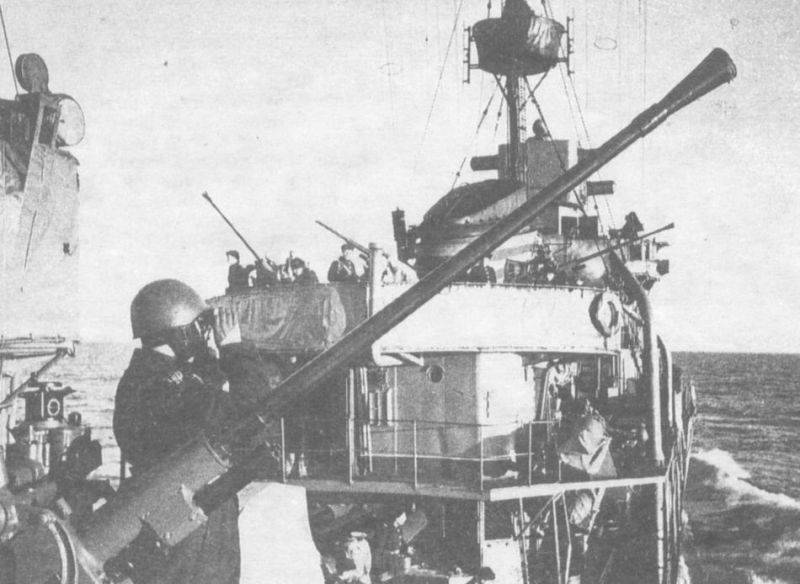
In 1944, the 45-mm guns were removed, and the ship received a British-built Type 291 radar.
Combat service "Red Crimea" (the terrible chase "Profintern" was replaced in 1939) began not like all ships of the Black Sea Fleet, but on August 1, 1941, after leaving the scheduled repair.
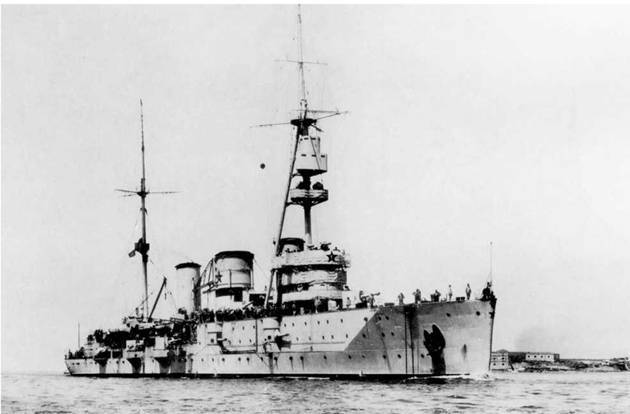
The cruiser participated in the landing near Odessa (Grigorievka), fired at areas occupied by the enemy.
I took out the employees of the State Bank and money from Odessa. Until the end of 1941, the cruiser went with cargo to Sevastopol, once participated in the destruction of an artillery battery and shot down an enemy aircraft.
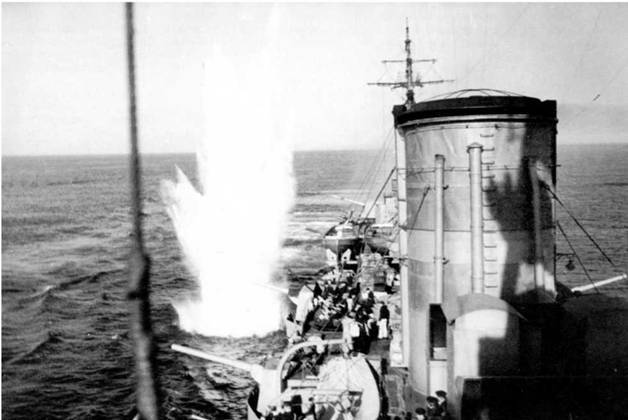
In total, by the beginning of February 1942, the "Red Crimea" made 98 flights to Sevastopol with cargo and replenishment.
Further, the cruiser participated in the evacuation from Novorossiysk, transferred troops to Tuapse as part of the defense of the Caucasus. Until the end of 1942, "Red Crimea" transported about 60 people and more than 000 tons of various cargo.
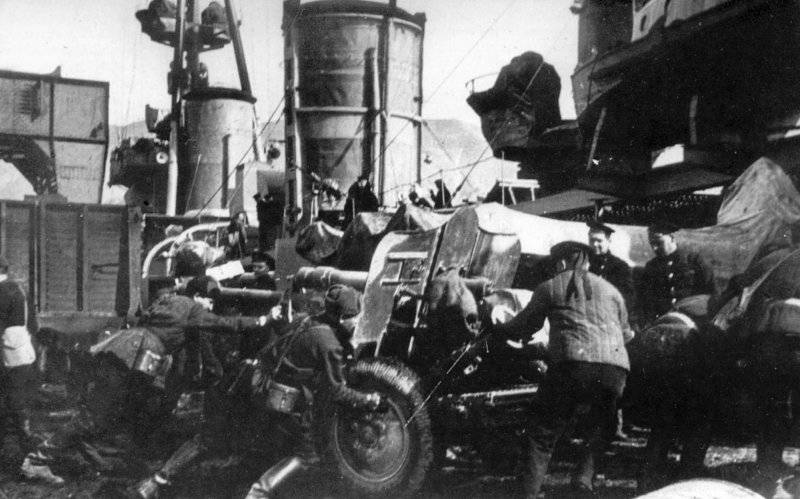
Loading on board the cruiser
In October 1943, the cruiser was put under repair in Batumi, which lasted until the end of the summer of 1944.
On November 5, 1944, the cruiser Krasny Krym was given the high honor to lead a squadron of warships of the Black Sea Fleet returning to Sevastopol.
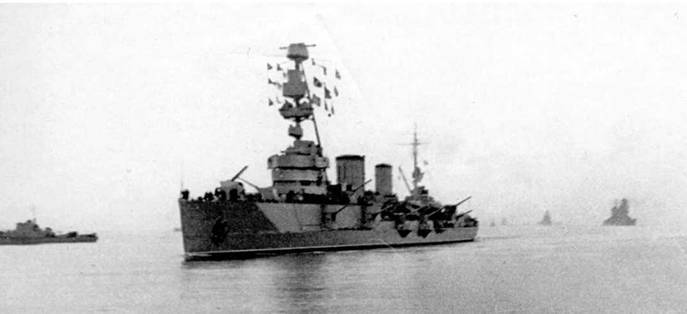
During the Great Patriotic War, the "Red Crimea" took part in almost all the operations of the Black Sea Fleet and for all the time did not receive a single serious damage.
It is worth noting that the functions assigned to the battle cruiser would be more suitable for an amphibious assault ship.
"Admiral Nakhimov" / "Chervona Ukraine"
Laid down in 1913, the cruiser was completed only in 1926. Completed in fact according to the original project.
Historical fact: Stalin rarely honored ships of the fleet with his visit, but in 1929 he visited Chervona Ukraina together with Sergo Ordzhonikidze.
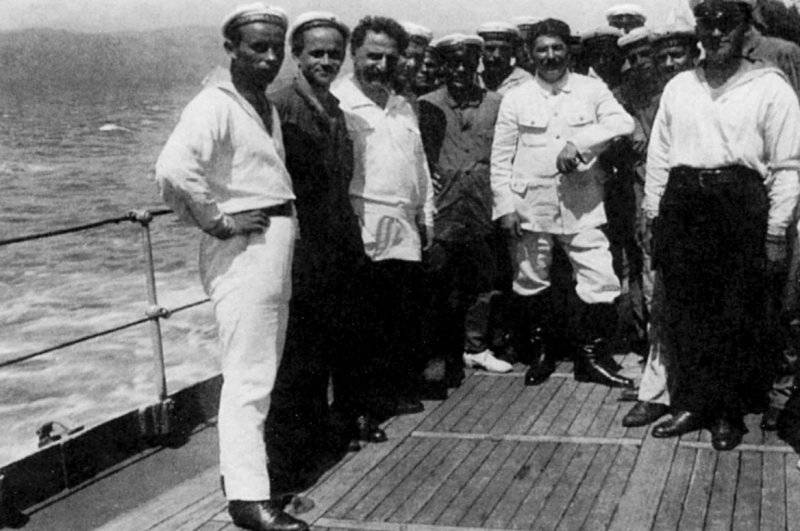
Before the war itself, it underwent a major overhaul that lasted two years. During the repair, the ship's air defense was strengthened by installing three twin 100-mm Minisini installations.
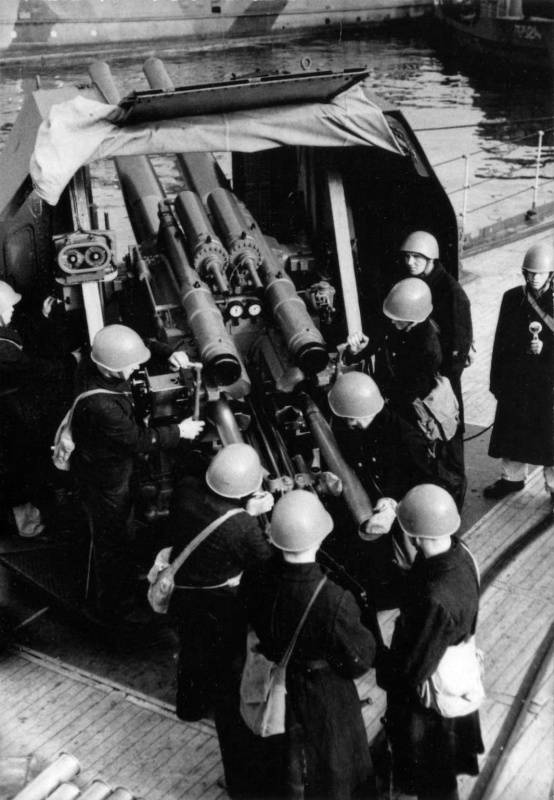
With the beginning of the war, the cruiser was busy with mine laying in the Sevastopol region. The mines were installed, but played into the hands of the enemy, making it difficult for the evacuation of Soviet troops from Sevastopol.
The cruiser provided artillery support to the troops defending Odessa and removed the army personnel from the city.
After the surrender of Odessa, "Chervona Ukraine" on November 8, 1941 moved to Sevastopol, where it also supported the defense of the city with artillery fire.
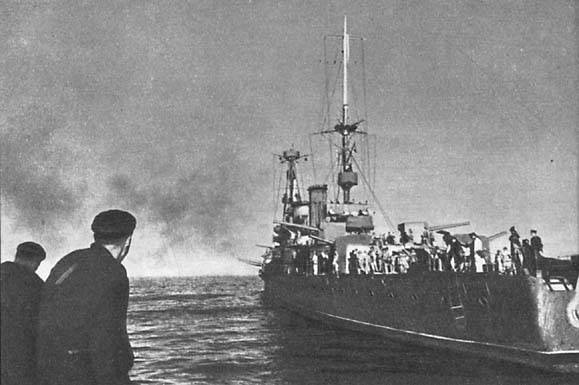
On November 12, 1941, a cruiser at the Grafskaya pier in Sevastopol was attacked by German bombers. 28 planes dropped bombs on Chervona Ukraina. The cruiser, stationary at the Grafskaya pier, was in a deliberately disadvantageous position. The crew fired from all available types weaponsbut two bombs hit the ship in the waist area. Three more bombs exploded in the immediate vicinity of the sides.
The cruiser received about 500 tons of water, but kept afloat and continued to fire at the aircraft. The battle went on until nightfall, and at night the cruiser, which at that time had received more than 4 tons of water, banked critically. The commander ordered the crew to leave the ship. The last longboat managed to move away from the sinking ship when Chervona Ukraina sank to the bottom with a roll of 000 degrees.
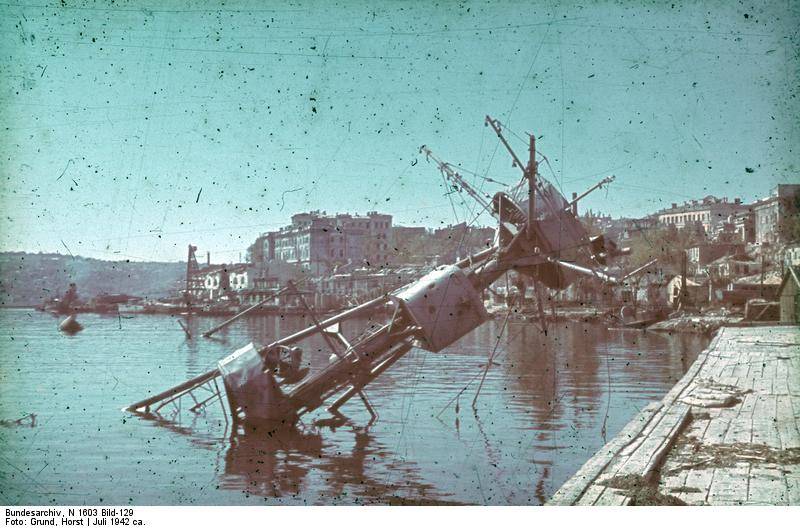
The shallow depth of the bay made it possible to remove 130-mm guns and use them in the defense of the city, forming two batteries. Two 100-mm universal mounts were raised and installed on the Krasny Kavkaz cruiser.
"Admiral Lazarev" / "Red Caucasus"
The cruiser was laid down in 1913, and the ship entered the ranks of the Red Army Navy only in 1926. The ship was being completed according to a more modern project and lost its casemate guns. The absence of side sponsons significantly changed the appearance of the ship.
The cruiser was immediately converted to oil power, the coal pits were abolished. The power plant of the cruiser consisted of 10 Yarrow oil boilers and 4 Parsons steam turbines, which directly, without turbo-gear units, turned 4 three-blade propellers. The power plant produced 55000 hp.
On tests, the ship developed a speed of 29 knots, the cruising range at full speed was 457 miles, and at an economical speed of 12 knots - 1490 miles.
Upgrades
As part of the completion with simultaneous modernization, the deck was significantly rearranged, since it was necessary to place the main caliber turrets. To accommodate the two bow towers with turret compartments, one of the three chimneys was removed and the entire bow superstructure was shifted back. The stern superstructure had to be completely removed, and a pneumatic catapult for a seaplane was installed in the vacant space. The design of the masts was changed, on which the command and rangefinder posts were placed.
Important changes have taken place in artillery armament. Instead of 15 130-mm guns stuck all over the hull, 4 B-1-K 180-mm guns were installed in single-gun turrets.
The weight of the side salvo increased due to the heavier projectile (97,5 kg versus 33,5 for the 130-mm projectile), the new guns fired further (39 km versus 22,3 km), and mechanical loading almost did not change the rate of fire, the same 5 -6 rounds per minute versus 6-8 for 130mm guns.
The B-1-K were more than controversial weapons. They had excellent ballistic data, for which they had to pay with the resource of the barrels. It was no more than 55 shots per barrel with a full charge of gunpowder. The figure is completely frivolous, the cruisers in the battles of the Second World War in the Pacific Ocean fired more shells in one battle easily and naturally.
Anti-aircraft armament also changed. Lender's cannons were replaced with 100-mm B-2 mounts, in addition to which 4 semi-automatic 21-K 45-mm cannons were installed. In 1934, twin 100-mm Minisini installations were purchased in Italy. Such installations have replaced the outdated B-2 at the Krasny Kavkaz.
During the war, all 45-mm cannons were removed, instead of them, 70-K anti-aircraft guns with a caliber of 37 mm were installed. The catapult was dismantled, instead of which four more 37-mm machine guns were installed.
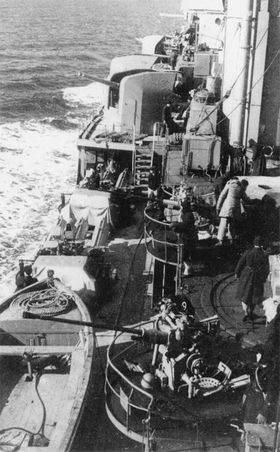
In 1942, during the repair, two more 100-mm twin Minisini installations were installed, removed from the Chervona Ukrainy, and on the roofs of the elevated towers of the main caliber, quad 12,7-mm Vickers anti-aircraft machine guns received from the British under Lend-Lease were mounted. At the stern, behind the main battery turrets, two 76,2 mm 34-K anti-aircraft guns were installed side by side.
In general, the anti-aircraft armament of the "Krasny Kavkaz" could be considered decent, which was very uncharacteristic for a Soviet ship.
The torpedo armament was increased. It consisted of four 450 mm three-tube torpedo tubes. A very controversial decision and at the same time completely useless. Torpedoes on Soviet cruisers were never used during the war, since there were simply no targets for them.
Combat application
The war for the "Red Caucasus" began with mine laying on June 23, 1941. The cruiser took part in mine missions in the regions of Sevastopol, Odessa, the Kerch Strait, Novorossiysk, Tuapse and Batumi. It is very controversial, because even today it is not entirely clear from whom these mines were protected.
On September 11-12, 1941, it fired at the enemy ground forces near Odessa, 85 shells of the main caliber were expended.
On September 22, 1941, he landed an assault force at the head of a group of ships near Odessa. Moreover, the landing of the main part of the landing was carried out on the rescue equipment of the group of ships, because the detachment of landing ships did not arrive in time to the place of disembarkation.
In October, the cruiser evacuated troops from the abandoned Odessa, participated in the transfer of troops and cargo to Sevastopol, in November evacuated people and equipment from Sevastopol to Novorossiysk.
The day of November 12, 1941 is indicative. The cruiser was moored for loading equipment and personnel, that is, it did not have the ability to evade, and repelled 12 enemy air raids. For the less armed in terms of air defense "Chervony Ukrainy" it ended in sinking. The anti-aircraft artillery of the "Red Caucasus" coped with the task and the ship survived.
Further service of the cruiser was as follows: delivery of reinforcements to Sevastopol, shelling of enemy positions, repelling air raids. In December 1941 he took part in the landing in Feodosia.
For the landing, the cruiser brazenly burst into the harbor and moored. The Germans opened fire, achieved 12 hits with shells of different calibers and 5 mines, fires broke out on the ship, but the landing force was landed and the "Red Caucasus" left for the base. Crew losses were 27 killed and 66 wounded.
In the future, the ship was engaged in the delivery of reinforcements and cargo to Feodosia. On January 4, the picture of Sevastopol was repeated: it was day, the ship was moored at the pier under unloading, German planes were arriving.
Two bombs explode at a shallow depth near the side of the ship. From the water hammer in the aft area, two underwater holes with a total area of about 3 square meters were formed. m, the deck was deformed, the steering was out of order, the large and small rudders were damaged, the sternpost was broken, the propeller shaft of the right aft turbine was torn off along with the propeller and bracket, the bracket of the propeller shaft of the left aft turbine was broken, the aft spire device was disabled.
The ship took in about 1700 tons of water, and the stern sank along the upper deck. The artillery cellars of the aft towers, cabins and rooms with diesel power plants were flooded. The rudders, gyrocompass, telephone communication did not work.
The crew, with superhuman efforts, brought the ship out of the port trap, repaired the leak, pumped out the water and set in motion with two turbines. The speed did not exceed 7,5 knots, 220 miles from Feodosia to Tuapse "Krasny Kavkaz" traveled for about a day, and it was a great happiness that the Germans could not find the ship and finish it off.
The repairs were carried out in Poti, without even having a dock of the required capacity.
Quite naturally, by order of the People's Commissar of the Navy on April 3, 1942, the "Red Caucasus", the first of all the ships of the Soviet fleet, was awarded the rank of Guards.
After completing the repair (rather, patching by the crew), the cruiser made five flights to Tuapse from Poti, delivering replenishment (about 16 people were deployed), a large amount of equipment, including Tanks, more than 1000 tons of ammunition and food.
From September 1944 to May 1945 the Krasny Kavkaz was under repair.
In total, during the period 1941-1943, the "Red Caucasus" made 64 military campaigns, the ship's fire destroyed and suppressed 13 enemy batteries, shot down 3 aircraft. The ship transported more than 60 troops and population, more than 000 tons of ammunition, military equipment and food, repelled over 3 attacks of enemy aircraft, which dropped more than 000 bombs on the cruiser.
After the war, a thorough examination of the cruiser showed its complete deterioration and the inexpediency of major repairs to continue further service. In May 1947, the Krasny Kavkaz was reclassified as a training ship, and five years later the cruiser was decommissioned and used as a target ship.
What can you say about the Svetlana-class cruisers in general? Indeed, the ships were completely unlucky to get into the change of eras. They were completed completely out of date and did not meet the requirements of the time in terms of combat capabilities.
The absence of enemy ships in the Black Sea was, of course, a positive factor. It is difficult to predict the outcome of a duel between cruisers and the same Italian light cruisers, which had a higher speed and more powerful artillery. Condottieri would not have left Svetlana a chance.
But precisely because there were no enemy ships at sea, the cruisers were used as landing barges and high-speed armed transports.
Separately, it should be said about the shelling of territories occupied by the enemy. This was also practiced in the Pacific Ocean, where the Americans supported the landing of their troops. Of course, what happened during the landings on Iwo Jima or Okinawa, when several battleships and a dozen cruisers hammered the island for days, is not comparable to the fact that one cruiser fired 30-40 shells across the areas.
It is difficult to say who counted the destroyed battalions of German infantry and tanks, especially after the entire Crimea was in the hands of the Germans, but the results of the shelling performed by the Americans were more than modest. And there were not 180-mm shells flying.
In general, the “red Svetlans” confidently played exactly the role that they were assigned. The cruiser was inherently more durable than the destroyer leader and destroyer, which is why more was expected from them. And the "old women" did not let them down, regularly delivering reinforcements, ammunition and equipment to the fighting units.
In general, of course, such use of warships of this class is somewhat unjustified; the ships originally intended for such operations would be more suitable for this role. But for this, at the beginning of the war, it was necessary to somehow neutralize the work of the Luftwaffe, which until 1943 did not work.
Therefore, the cruisers got the role of transports. For lack of a better one. However, it should be admitted that the "Red Caucasus" and "Red Crimea" coped with this role more than adequately.
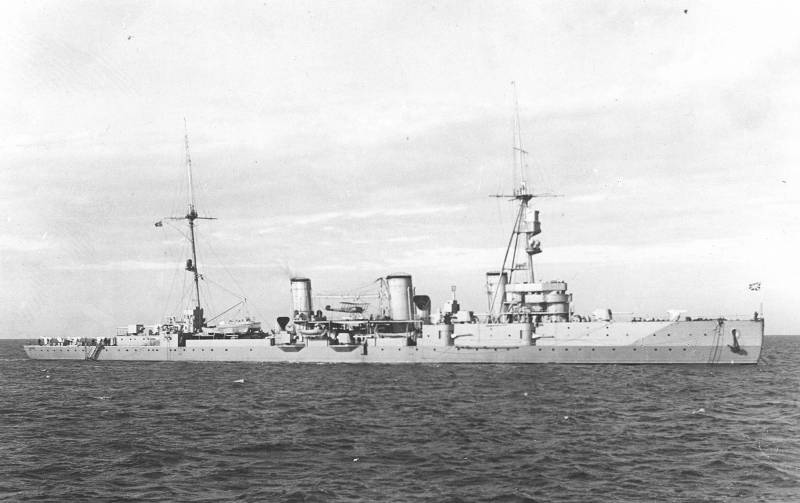
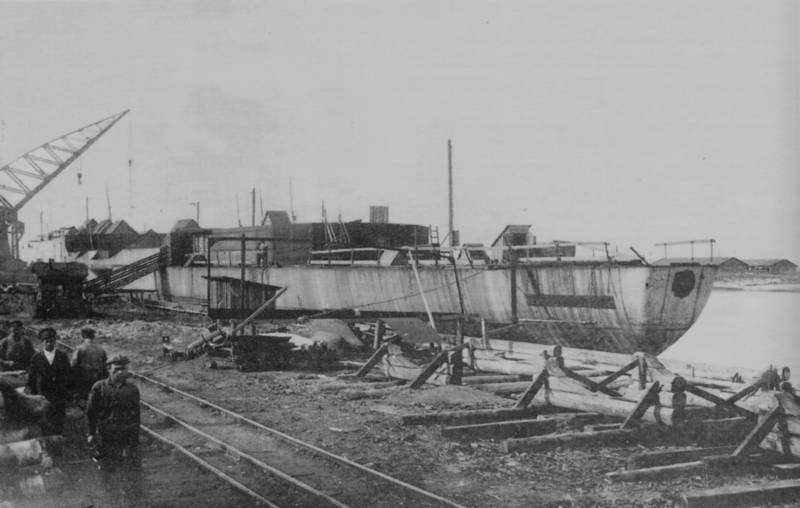
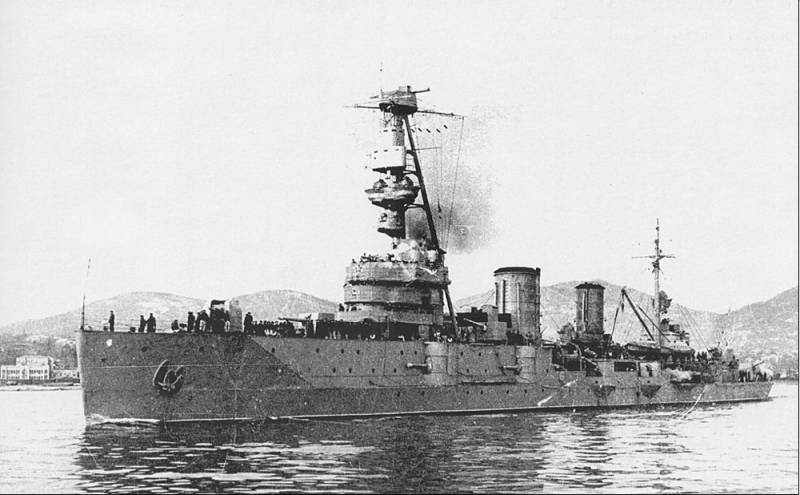
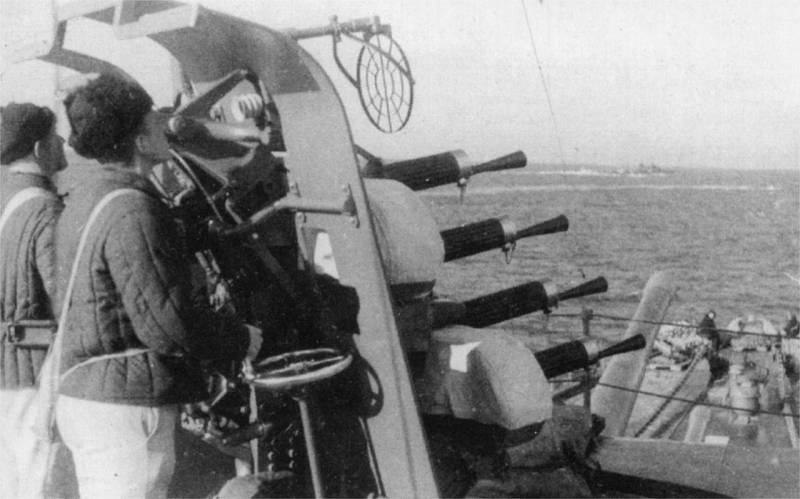
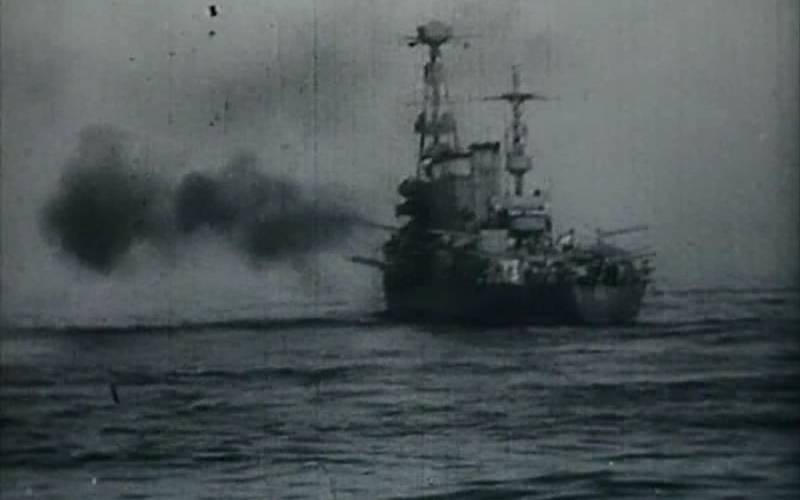
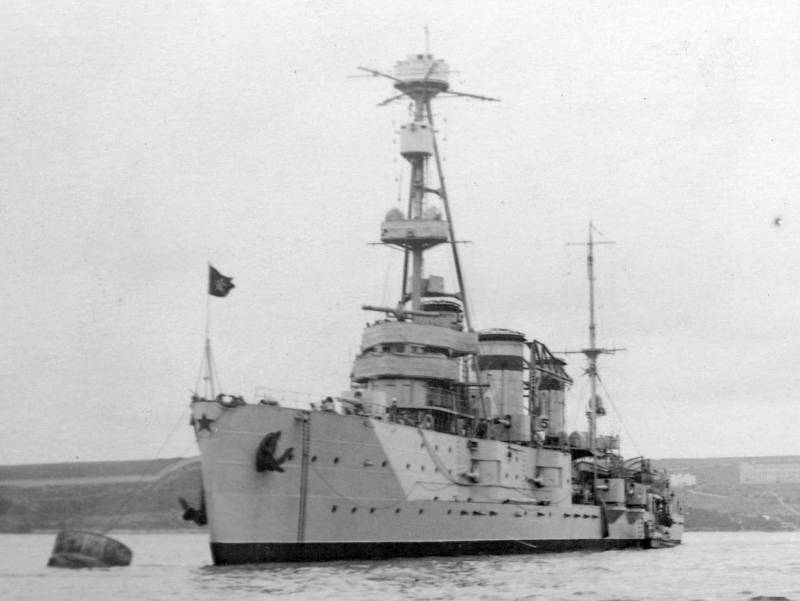

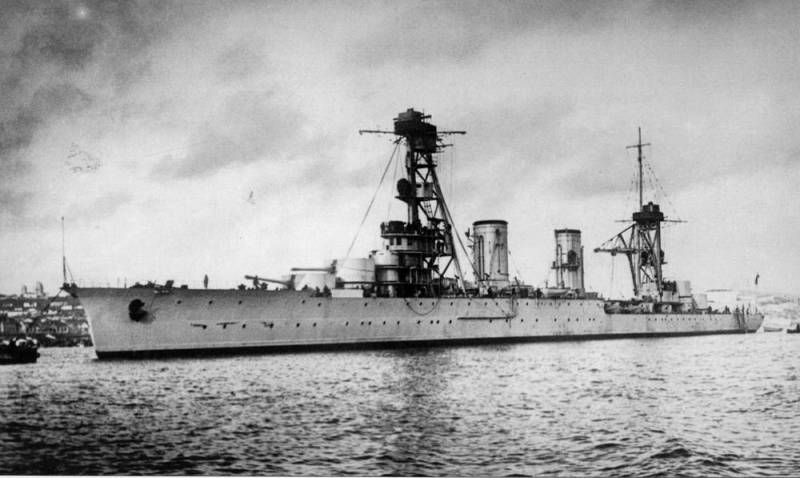
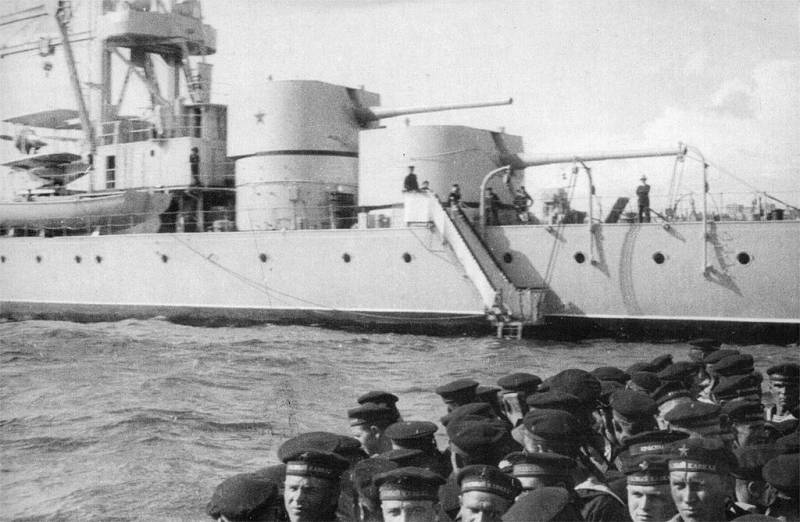
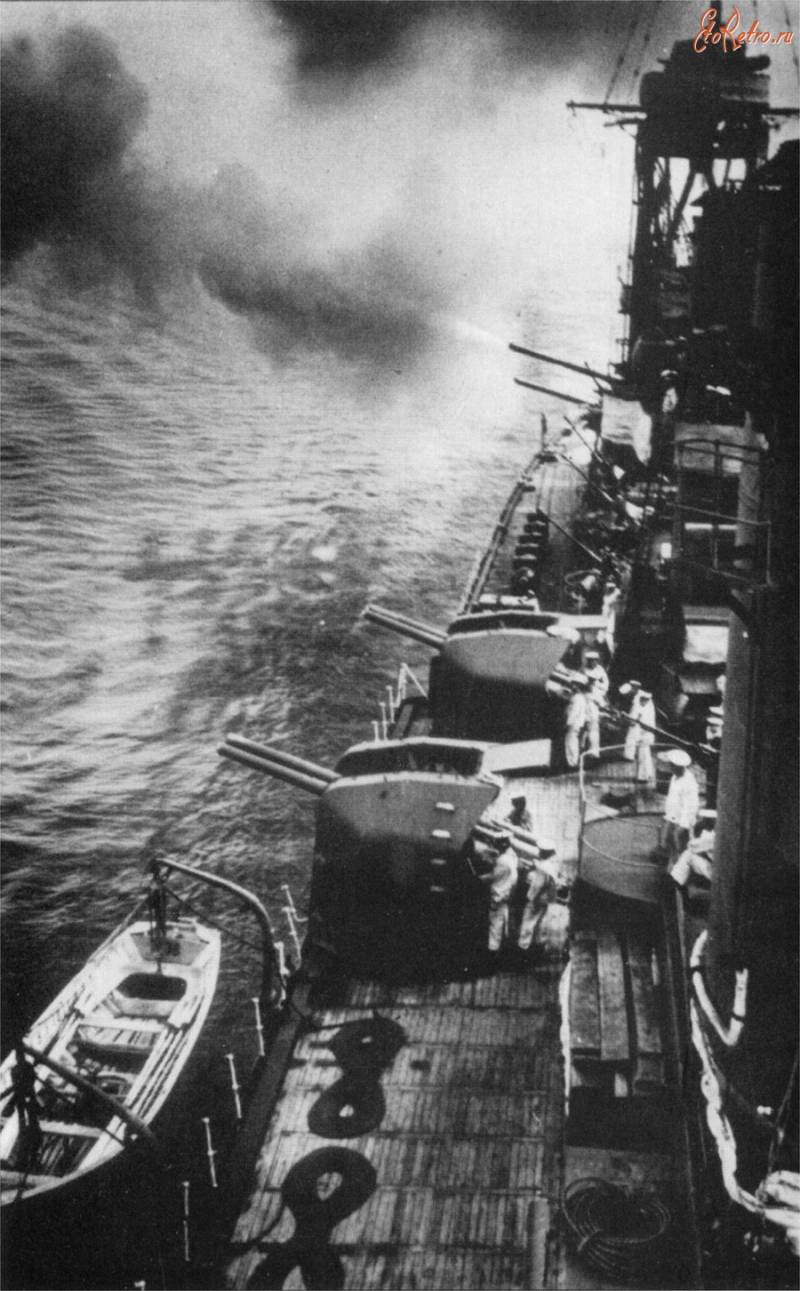
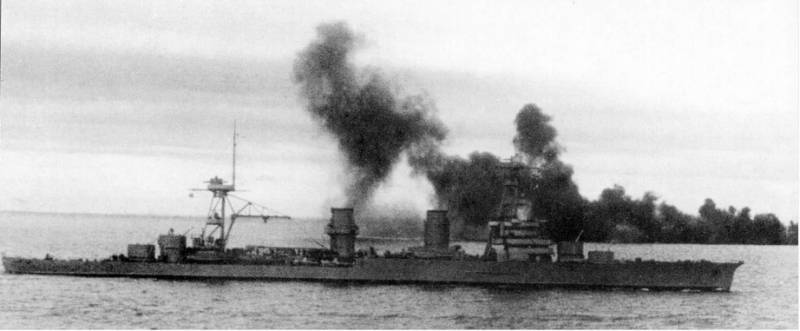
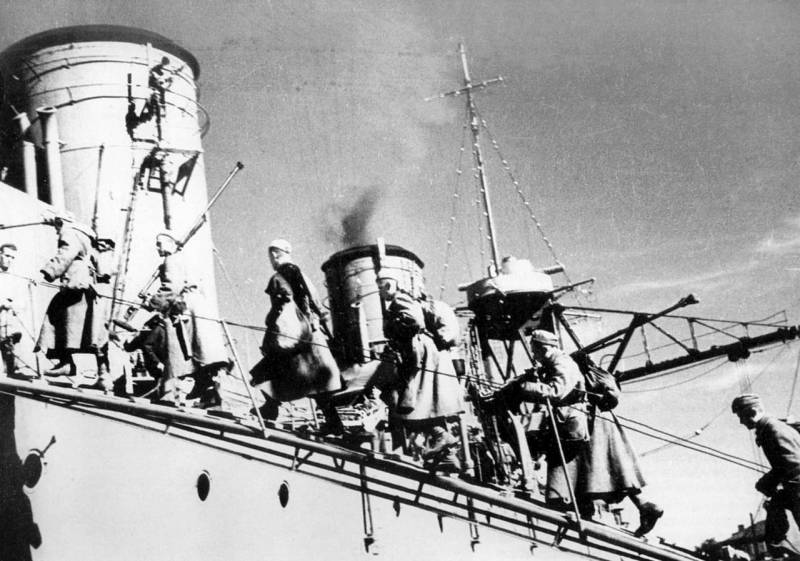
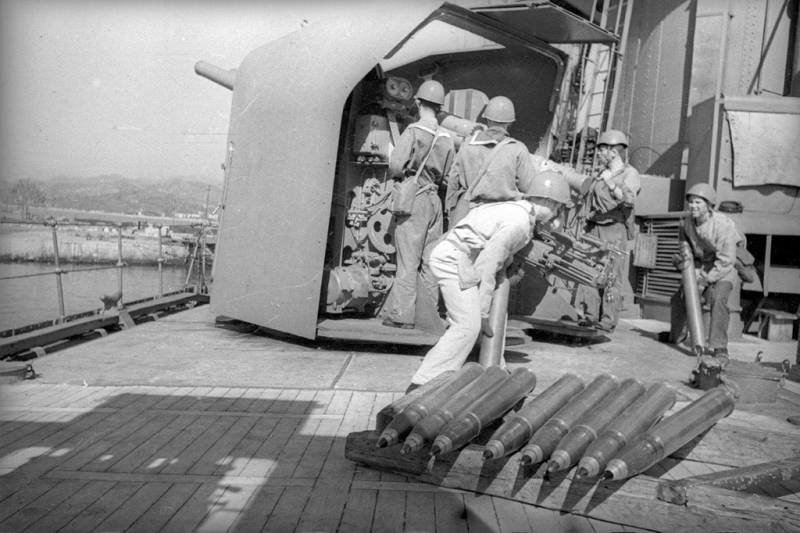
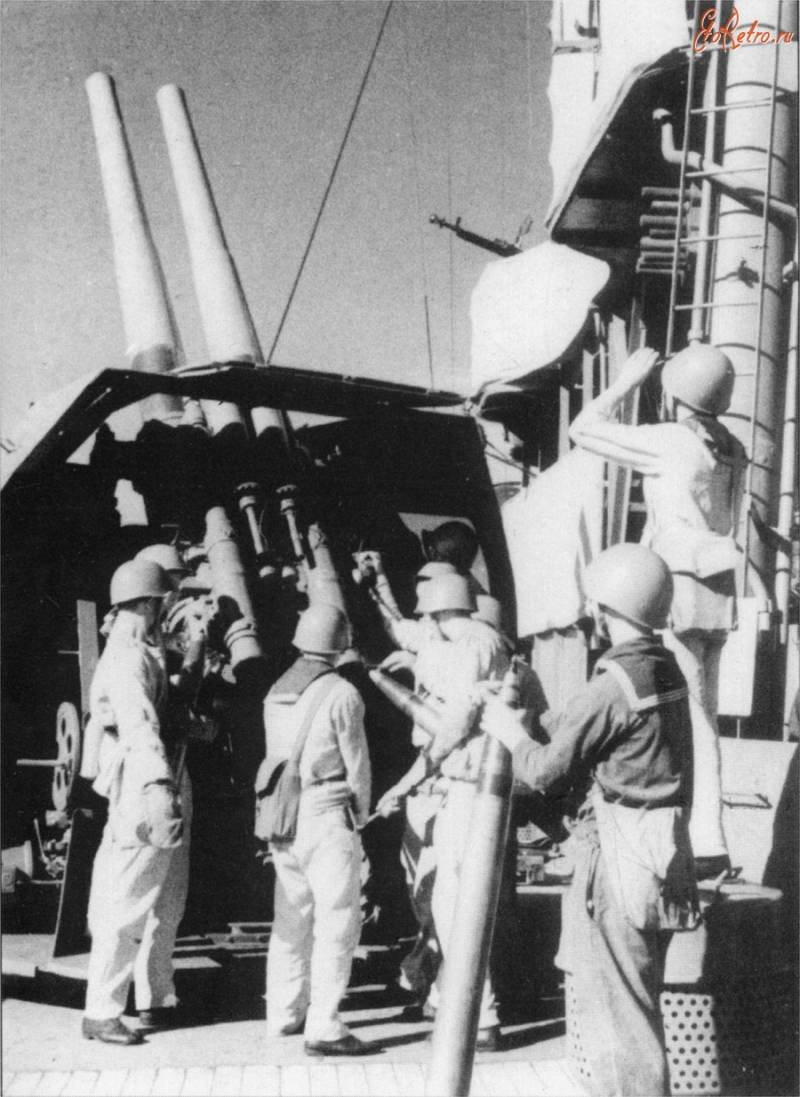
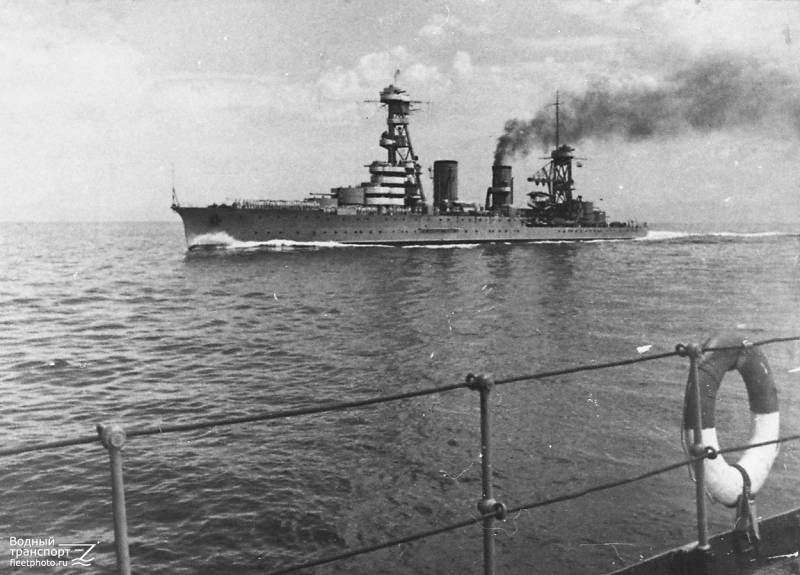
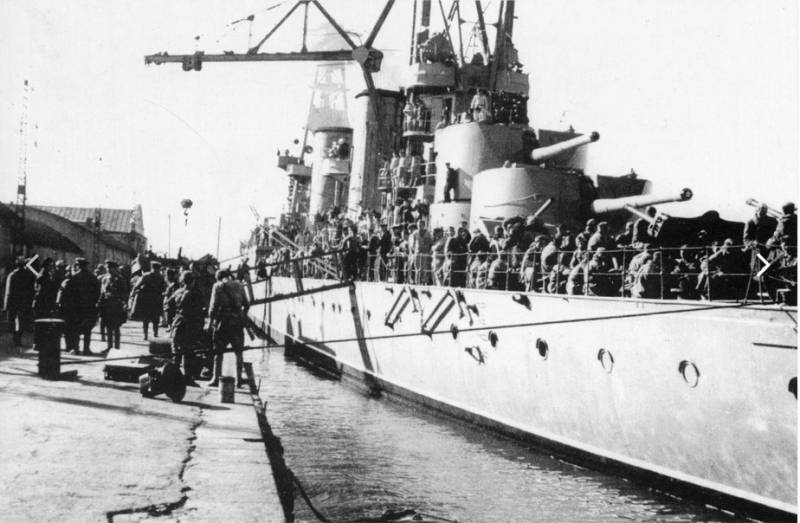
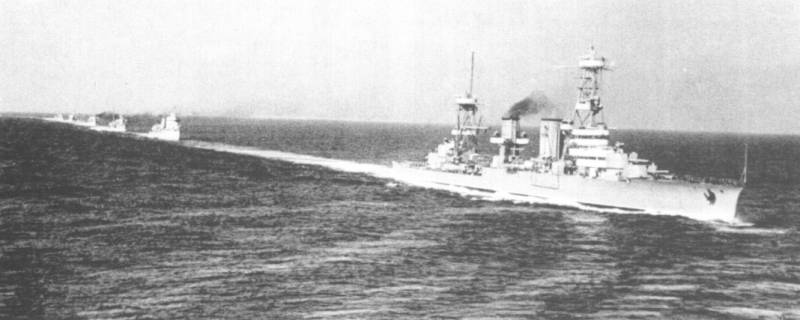
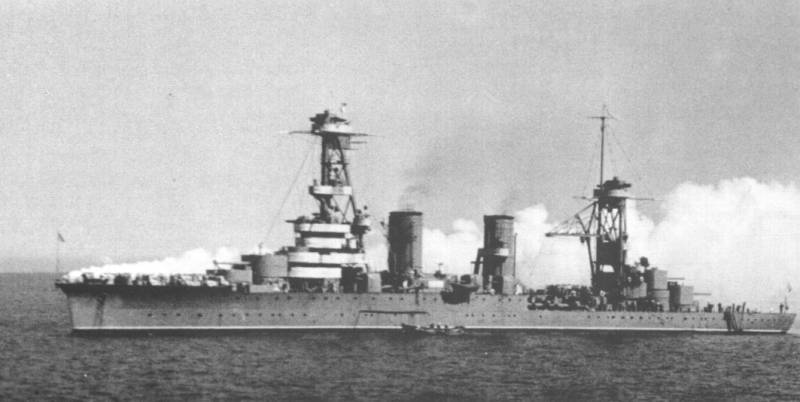
Information